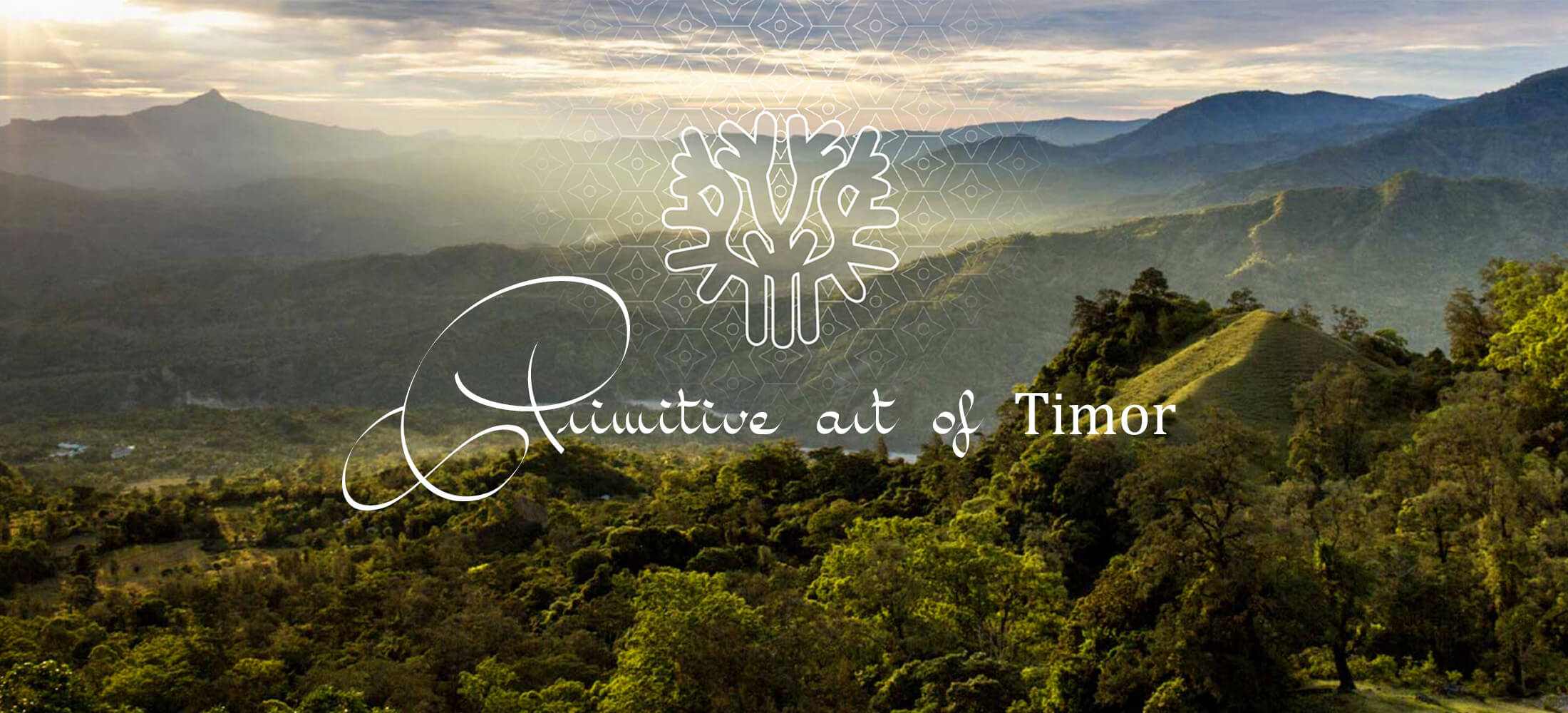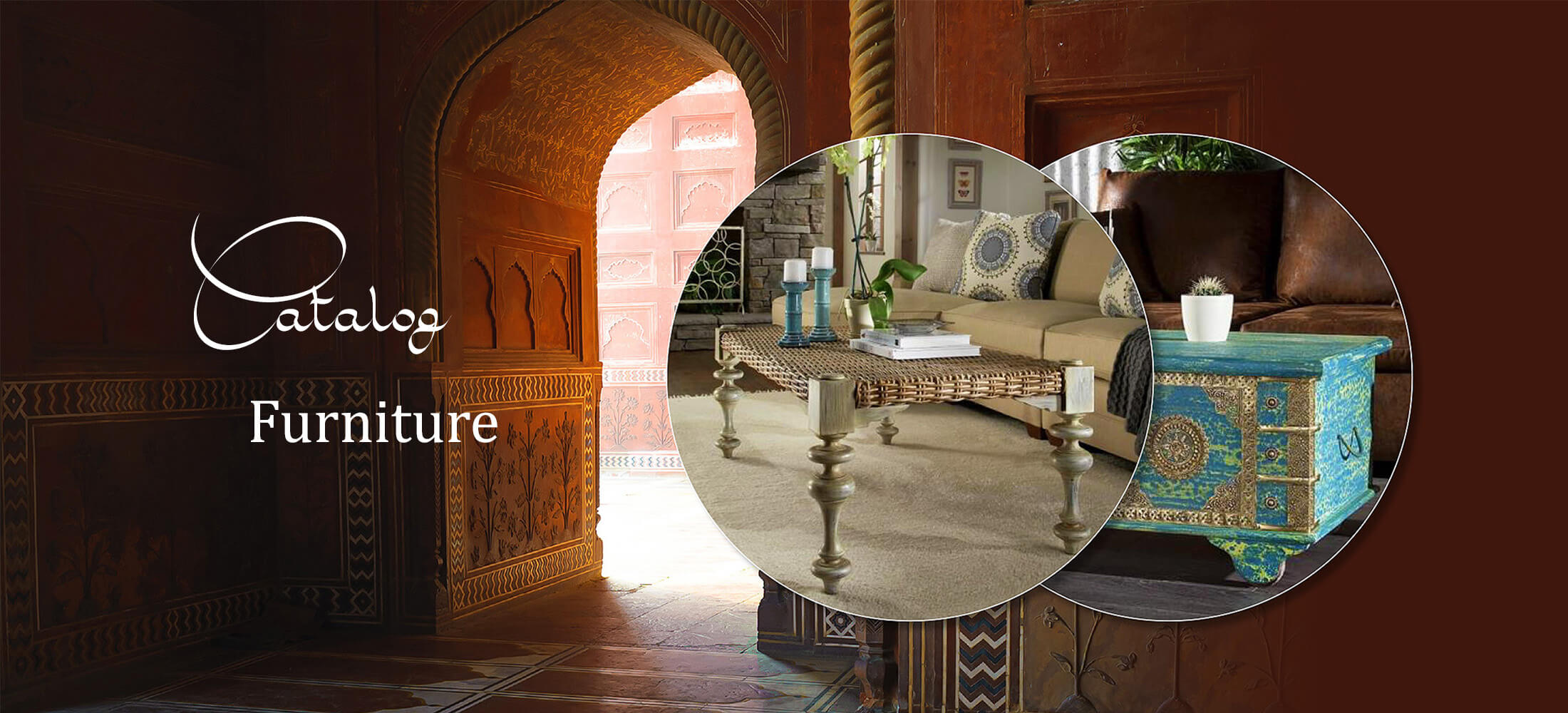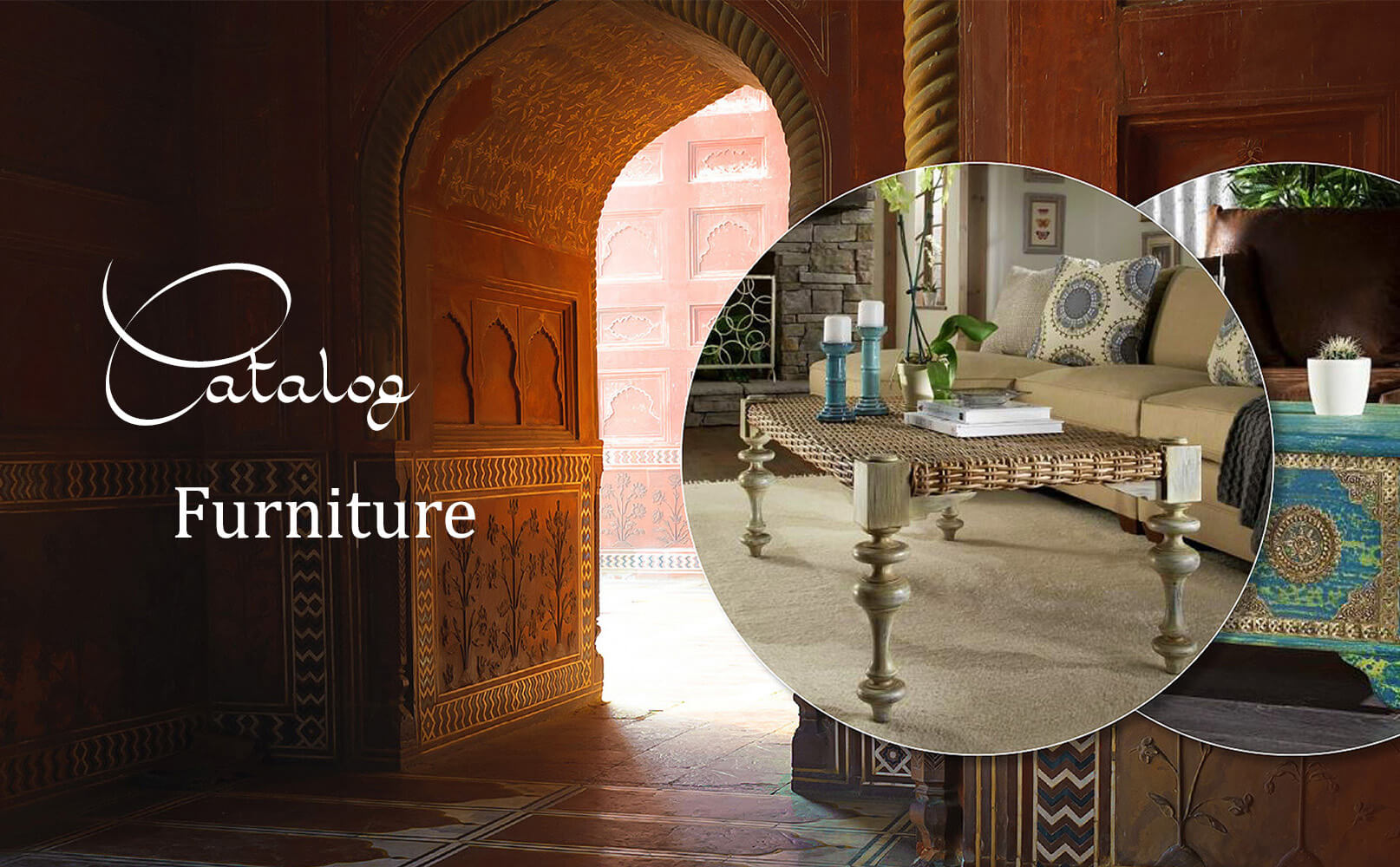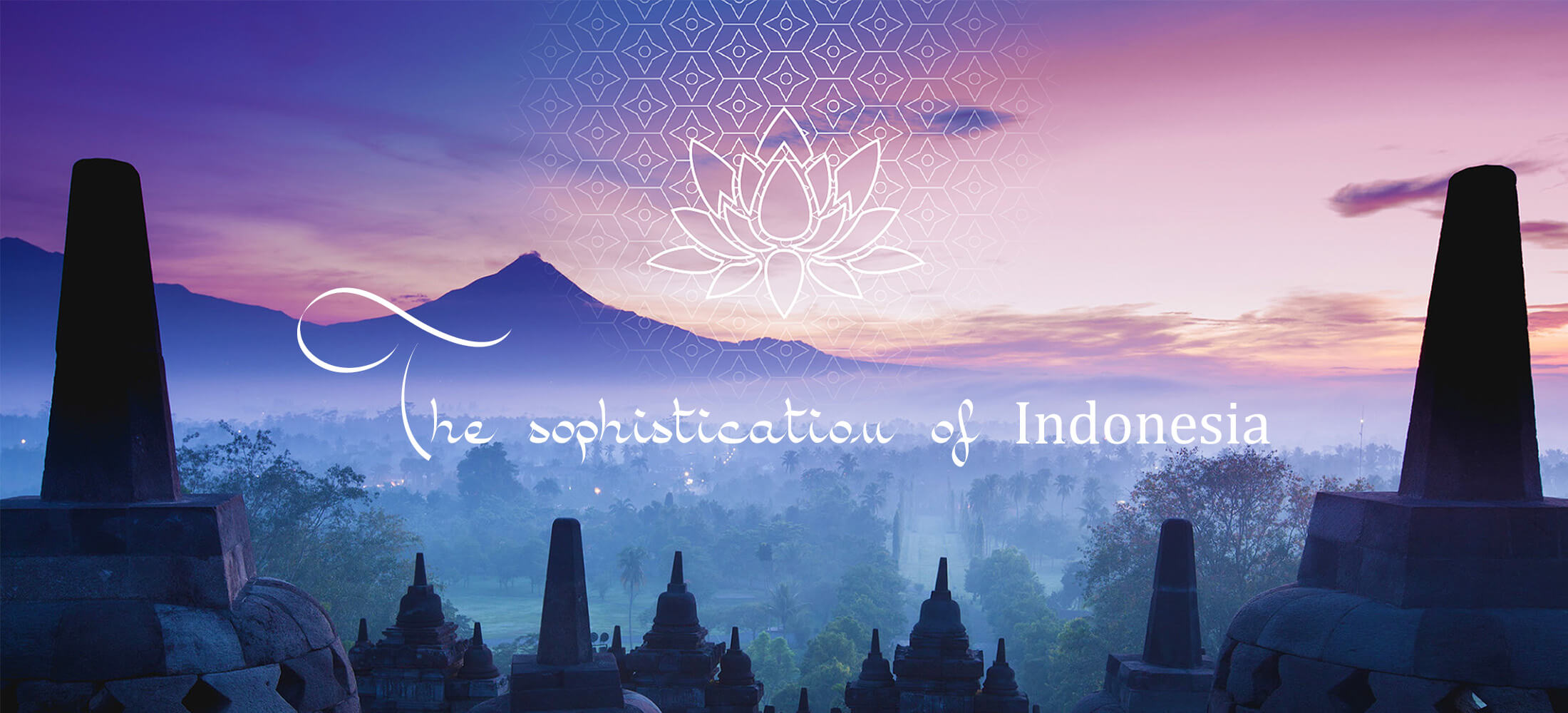The wooden horse head mounted on a metal base that you mention appears to be an artifact of great historical and artistic richness. This piece comes from a haveli facade in Rajasthan, a region known for its sumptuous homes, often adorned with finely crafted carvings and crafts. Havelis, with their facades decorated with traditional motifs, are symbols of the historical architecture of this region, and it is not surprising that a horse head, as a symbolic object, is integrated into them.
Description of the wooden horse head:
The object appears to be a wooden sculpture, finely detailed to represent the head of a horse. This type of sculpture is typical of the havelis of Rajasthan, where wood craftsmanship is elevated to the rank of tradition. Horses were often seen as symbols of power, nobility and freedom in Indian culture, and especially in the regions of Rajasthan, linked to the heritage of the Rajputs and their military history. The details of the wood could be decorated with intricate patterns, such as arabesques, flowers or mythological figures, which would be consistent with traditional Rajasthani decorations.
The metal base on which the horse's head rests could be a more modern addition, but it serves to highlight the object while providing stability to the sculpture. The metal used could be wrought iron or bronze, materials also common in the artisanal regions of Rajasthan.
Historical context of the horse in Rajasthan:
The horse has always occupied a central place in the history and culture of Rajasthan, particularly through the Rajput kingdoms. This warrior people has long been associated with exceptional horsemanship traditions, and the horse was not only a companion in war, but also a symbol of status and prestige. In havelis, horse sculptures, often integrated into the architecture or as decorative elements, symbolized bravery, nobility and honor.
Marwari horses, a breed indigenous to Rajasthan, were particularly famous for their endurance, agility and loyalty. They were used by the Rajputs in battle, renowned for their ability to navigate difficult terrain and their ability to sustain long marches. Even today, Marwari horses are a living symbol of Rajasthani culture and are often associated with the aristocratic elite of the region.
Because of this strong connection between the horse and the Rajasthani nobility, it is not uncommon to see depictions of horses in havelis, both as architectural ornaments and as good luck charms. Horse heads carved from wood were sometimes placed above doorways or on façades, believed to bring strength and protection to the home or family.
In short, this wooden horse head mounted on a metal base reflects both the craftsmanship of Rajasthan and the powerful symbolism of the horse in the local culture, while being an ornamental element of the traditional havelis of Rajasthan. It bears witness to the history and importance of the horse in the region, and remains a precious reminder of the royal and warrior traditions of the past.
Dimensions: 33x10x10cm

 0
0



































